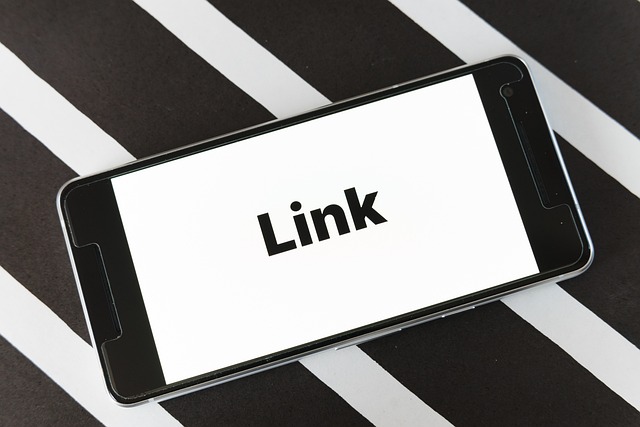
Verification Code: A Key Component of Digital Security
In an era where digital security is paramount, the concept of verification codes has emerged as a critical element in safeguarding personal and sensitive information. Verification codes, often used in conjunction with two-factor authentication (2FA), provide an additional layer of security that is essential in today’s interconnected world.
Understanding Verification Codes
Verification codes are temporary codes generated by an authentication system to confirm the identity of a user attempting to access a service or application. These codes can be delivered via SMS, email, or through dedicated applications such as Google Authenticator. The primary purpose of these codes is to ensure that even if a password is compromised, unauthorized access can still be prevented.
The Role of Two-Factor Authentication
Two-factor authentication is a security process that requires two different forms of identification before granting access to an account. This typically involves something the user knows (like a password) and something the user has (like a verification code). By implementing 2FA, users significantly enhance their account security.
How to Use Google Authenticator
Google Authenticator is a widely used application that generates verification codes for various services. To utilize Google Authenticator effectively, follow these steps:
- Download the App: Ensure that your Android device is running version 5.0 or higher. Download Google Authenticator from the Google Play Store.
- Set Up 2-Step Verification: Go to your Google Account settings and enable 2-Step Verification. This will allow you to link your Google Authenticator app to your account.
- Link Your Account: Follow the prompts to scan a QR code or enter a setup key provided by the service you wish to secure.
- Generate Codes: Once linked, Google Authenticator will generate a verification code every 30 seconds. Enter this code when prompted during the login process.
Best Practices for Using Verification Codes
To maximize the effectiveness of verification codes, consider the following best practices:
- Enable Privacy Screen: For added security, enable the Privacy Screen feature in Google Authenticator. This requires a PIN, pattern, or biometric verification to access the app.
- Backup Your Codes: It is advisable to back up your verification codes. If you lose access to your device, having a backup can prevent loss of access to your accounts.
- Regularly Update Your Security Settings: Periodically review and update your security settings to ensure they align with the latest security practices.
- Be Cautious of Phishing Attempts: Always be vigilant against phishing attempts that may seek to steal your verification codes or personal information.
Conclusion
Verification codes play a vital role in enhancing digital security. By implementing two-factor authentication and utilizing tools like Google Authenticator, individuals can significantly reduce the risk of unauthorized access to their accounts. As cyber threats continue to evolve, adopting robust security measures is not just advisable; it is essential.




















 ટેકનોલોજીનો ઉપયોગ
ટેકનોલોજીનો ઉપયોગ 
 Health
Health  Fitness
Fitness  Lifestyle
Lifestyle  Tech
Tech  Travel
Travel  Food
Food  Education
Education  Parenting
Parenting  Career & Work
Career & Work  Hobbies
Hobbies  Wellness
Wellness  Beauty
Beauty  Cars
Cars  Art
Art  Science
Science  Culture
Culture  Books
Books  Music
Music  Movies
Movies  Gaming
Gaming  Sports
Sports  Nature
Nature  Home & Garden
Home & Garden  Business & Finance
Business & Finance  Relationships
Relationships  Pets
Pets  Shopping
Shopping  Mindset & Inspiration
Mindset & Inspiration  Environment
Environment  Gadgets
Gadgets  Politics
Politics 